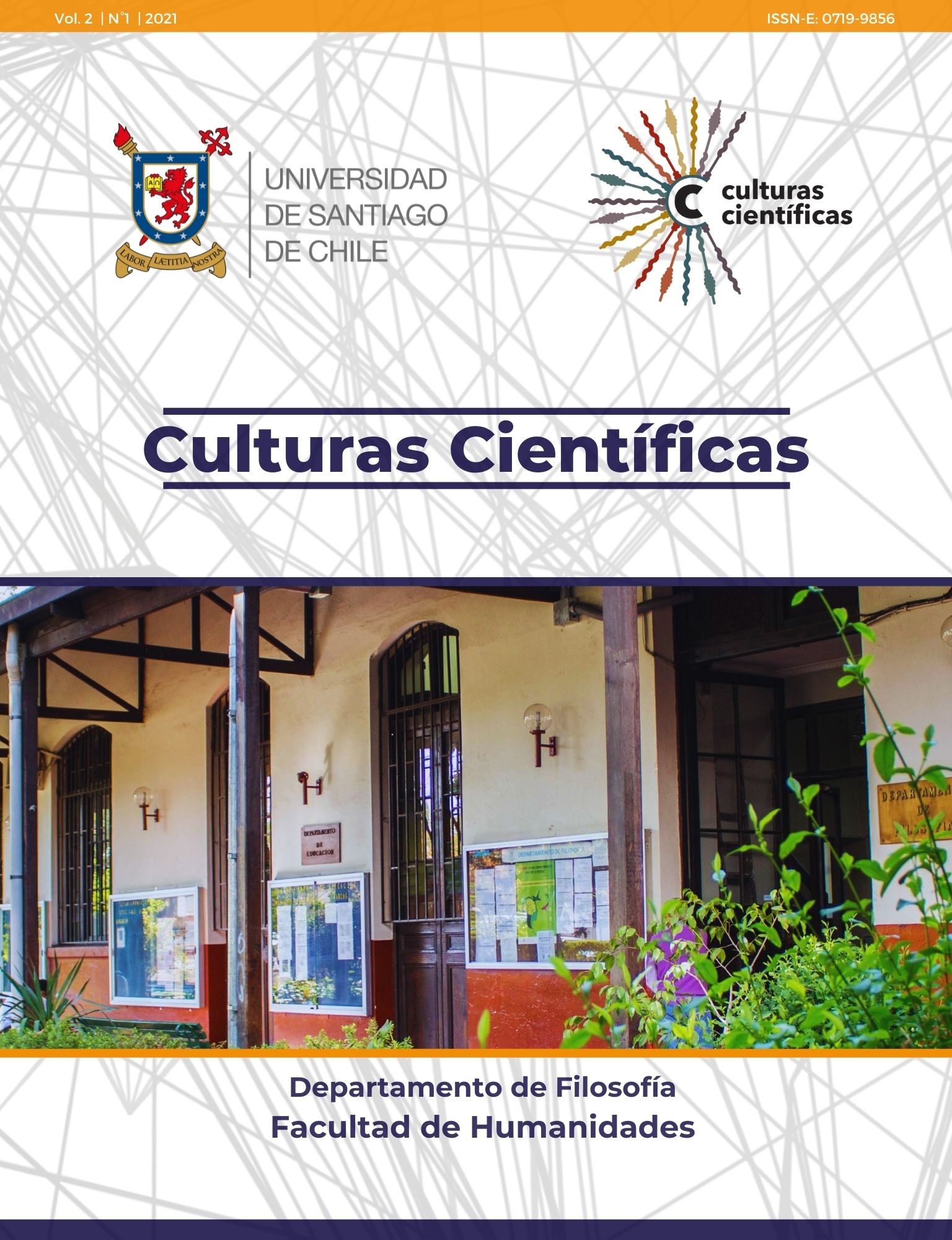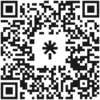Biological Individuality in Scientific Practice
Individuation Criteria and Epistemic Goals
DOI:
https://doi.org/10.35588/cc.v2i1.4880Keywords:
Biological Individual, Plurality, Pluralism, MonismoAbstract
Biology uses multiple criteria to individuate biological phenomena. Monistic approaches propose that we should arbitrate between that diversity and define unique criteria of individuality, that is, unique ways of counting individuals in biology. Pluralism, on the other hand, argues that we should not restrict the study of individuality to unique conceptions, recognizing different types of individuals. In this article I will analyze how some monistic and pluralistic approaches face the plurality of individuation criteria used by scientific practice. Following the recent epistemological and pragmatic approaches in the philosophy of biological individuality, I will argue why the diversity of individuations is usually not a problem for biology and why it contributes to our knowledge of the biological world. The general conclusion will be that we require multiple ways to individuate nature in order to fulfill the various epistemic goals of biology, a task that monistic approaches do not usually make visible.
Downloads
References
Bonner, J. T. (2000). First signals. Princeton: Princeton University Press. doi: https://doi.org/gmjp
Bouchard, F. y Huneman, P. (2013). From groups to individuals: evolution and emerging individuality. Cambridge: MIT Press. doi: https://doi.org/gmjq
Brasier, C. (1992). “A champion thallus”. Nature, 356(6368): 382-383. doi: https://doi.org/bxxn77
Buss, L. W. (1987). The Evolution of Individuality. Princeton: Princeton University Press. doi: https://doi.org/gmjr
Chang, H. (2012). Is water H2O? Evidence, realism and pluralism. Berlín: Springer Science & Business Media. doi: https://doi.org/gmjs
Clarke, E. (2010). “The Problem of Biological Individuality”. Biological Theory, 5(4): 312-325. doi: https://doi.org/fjjcmq
Clarke, E. (2013). “The Multiple Realizability of Biological Individuals”. Journal of Philosophy, 110(8): 413-435. doi: https://doi.org/f3gbgx
Clarke, E. y Okasha, S. (2013). “Species and organisms: what are the problems”. En: F. Bouchard y P. Huneman (eds.), From Groups to Individuals: Evolution and Emerging Individuality. Cambridge, USA: MIT Press. doi: https://doi.org/gmjt
Douglas, A. E. y Werren, J. H. (2016). “Holes in the Hologenome: Why Host-Microbe Symbioses Are Not Holobionts”. mBio, 7(2): e02099-02015. doi: https://doi.org/f9kt9n
Dupré, J. (1993). The disorder of things: Metaphysical foundations of the disunity of science. Cambridge, USA: Harvard University Press.
Dupré, J. (2012). Processes of life: Essays in the philosophy of biology. Oxford: Oxford University Press. doi: https://doi.org/gmjv
Fagan, M. B. (2015). “Cell and Body: Individuals in Stem Cell Biology”. En: A. Guay y T. Pradeu (eds.), Individuals Across the Sciences. Oxford: Oxford University Press. doi: https://doi.org/gmjx
Ghiselin, M.T. (1974). “A radical solution to the species problem”. Systematic Zoology, 23(4): 536-544. doi: https://doi.org/gmjz
Godfrey-Smith, P. (2013). “Darwinian individuals”. En: F. Bouchard y P. Huneman (ed), From groups to individuals: evolution and emerging individuality. Cambridge, USA: MIT Press. doi: https://doi.org/gmj2
Godfrey-Smith, P. (2014). Philosophy of biology. Princeton: Princeton University Press. doi: https://doi.org/gmj5
Hölldobler, B. y Wilson, E. O. (2009). The superorganism: the beauty, elegance, and strangeness of insect societies. New York: W.W. Norton & Company.
Hull, D.L. (1976). “Are Species Really Individuals?” Systematic Zoology, 25(2): 174-191. doi: https://doi.org/cfr6h6
Hull, D.L. (1978). “A Matter of Individuality”. Philosophy of Science, 45(3): 335-360. doi: https://doi.org/c8td8g
Kellert, S. H., Longino, H. E. y Waters, C. K. (2006). Scientific pluralism. Minnesota: University of Minnesota Press.
Kovaka, K. (2015). “Biological individuality and scientific practice”. Philosophy of Science, 82(5), 1092-1103. doi: https://doi.org/ggwvbn
Krakauer, D., Bertschinger, N., Olbrich, E., Jessica C.F. y Nihat, A. (2020). "The Information Theory of Individuality." Theory in Biosciences, 139(2): 209-23. doi: https://doi.org/ggrqm2
Kwong, W. K., Medina, L. A., Koch, H., Sing, K.-W., Soh, E. J. Y., Ascher, J. S., Jaffé, R. y Moran, N. A. (2017). “Dynamic microbiome evolution in social bees”. Science Advances, 3(3): e1600513. doi: https://doi.org/gmkb
Lidgard, S. y Nyhart, L. K. (2017). “The Work of Biological Individuality: Concepts and Contexts”. En: S. Lidgard y L.K. Nyhart (ed), Biological Individuality. Chicago: University of Chicago Press. doi: https://doi.org/gmkc
Love, A. C. (2018). “Individuation, Individuality, and Experimental Practice in Developmental Biology”. En: O. Bueno, R. L. Chen y M.B. Fagan (ed), Individuation, Process, and Scientific Practices. Oxford: Oxford University Press. doi: https://doi.org/gmkd
Love, A. C. y Brigandt, I. (2017). “Philosophical Dimensions of Individuality”. En: S. Lidgard y L.K. Nyhart (ed), Biological Individuality. Chicago: University of Chicago Press. doi: https://doi.org/gmkg
Lovelock, J. E. y Margulis, L. (1974). “Atmospheric homeostasis by and for the biosphere: the gaia hypothesis”. Tellus, 26(1‐2): 2-10. doi: https://doi.org/fzrv4d
Lovelock, J. E. (1979). Gaia. A New Look at Life on Earth. Oxford: Oxford University Press.
Mitchell, S. D. (2003). Biological complexity and integrative pluralism. Cambridge: Cambridge University Press. doi: https://doi.org/gmkh
Mitchell, S. D. (2009). Unsimple truths: Science, complexity, and policy. Chicago: University of Chicago Press. doi: https://doi.org/gmkj
Molter, D. (2017). “On Mushroom Individuality”. Philosophy of Science, 84(5): 1117-1127. doi: https://doi.org/gmkm
Molter, D. J. (2019). “On mycorrhizal individuality”. Biology and Philosophy, 34(5): 1-16. doi: https://doi.org/gmkn
Moritz, R. y Southwick, E. E. (1992). Bees as superorganisms: an evolutionary reality. Berlín: Springer Science & Business Media. doi: https://doi.org/cqtrpk
National Research Council Committee on Metagenomics: Challenges and functional applications. (2007). The New Science of Metagenomics: Revealing the Secrets of Our Microbial Planet. USA, National Academies Press, National Academy of Sciences. doi: https://doi.org/gmkp
Niklas, K. J. y Newman, S.A. (2016). Multicellularity. Origins and Evolution. Cambridge, USA: MIT Press.
Pepper, J. y Herron, M. (2008). “Does biology need an organism concept?”. Biol. Rev., 83: 621–627. doi: https://doi.org/cwwgf3
Pradeu, T. (2010). “What is An Organism? An Immunological Answer”. History and Philosophy of the Life Sciences, 32(2/3): 247-267.
Pradeu, T. (2016). “Organisms or biological individuals? Combining physiological and evolutionary individuality”. Biology & Philosophy, 31(6): 797-817. doi: https://doi.org/gf5kz8
Queller, D. C. y Strassmann, J. E. (2009). “Beyond society: the evolution of organismality”. Philosophical Transactions of the Royal Society B: Biological Sciences, 364(1533): 3143-3155. doi: https://doi.org/bzccvb
Roughgarden, J., Gilbert, S. F., Rosenberg, E., Zilber-Rosenberg, I. y Lloyd, E. A. (2018). “Holobionts as Units of Selection and a Model of Their Population Dynamics and Evolution”. Biological Theory, 13(1): 44-65. doi: https://doi.org/gfz64c
Ruphy, S. (2017). Scientific pluralism reconsidered: A new approach to the (dis) unity of science. Pittsburgh: University of Pittsburgh Press. doi: https://doi.org/gmkr
Shannon, Claude E. “A mathematical theory of communication”. The Bell system technical journal 27, 3 (1948): 379-423. doi: https://doi.org/b39t
Smith, J. M. y Szathmary, E. (1997). The major transitions in evolution. Oxford: Oxford University Press.
Smith, M. L., Bruhn, J. N. y Anderson, J. B. (1992). “The fungus Armillaria bulbosa is among the largest and oldest living organisms”. Nature, 356(6368): 428-431. doi: https://doi.org/bc3tfb
Strassmann, J. E. y Queller, D. C. (2010). “The Social Organism: Congresses, Parties, and Committees”. Evolution, 64(3): 605-616. doi: https://doi.org/dr3rws
Waters, C. K. (2007). “The Nature and Context of Exploratory Experimentation: An Introduction to Three Case Studies of Exploratory Research”. History and Philosophy of the Life Sciences, 29(3): 275-284.
Waters, C. K. (2018). “Ask Not What Is an Individual?”. En: O. Bueno, R.L. Chen y M.B. Fagan (ed), Individuation, Process, and Scientific Practices. Oxford: Oxford University Press. doi: https://doi.org/gmks
Wilson, D. S. y Sober, E. (1989). “Reviving the superorganism”. Journal of Theoretical Biology, 136(3): 337-356. doi: https://doi.org/c7r8d4
Wilson, E. O. (1971). The insect societies. Cambridge, USA: Harvard University Press.
Wilson, J. (1999). Biological Individuality: The Identity and Persistence of Living Entities. Cambridge: Cambridge University Press.
Wilson, J. A. (2000). “Ontological Butchery: Organism Concepts and Biological Generalizations”. Philosophy of Science, 67: S301-S311. doi: https://doi.org/fsgk68
Downloads
Submitted
2021-04-08Published
Issue
Section
License
Copyright (c) 2021 Francisco Javier Navarro Cárdenas

This work is licensed under a Creative Commons Attribution 4.0 International License.











